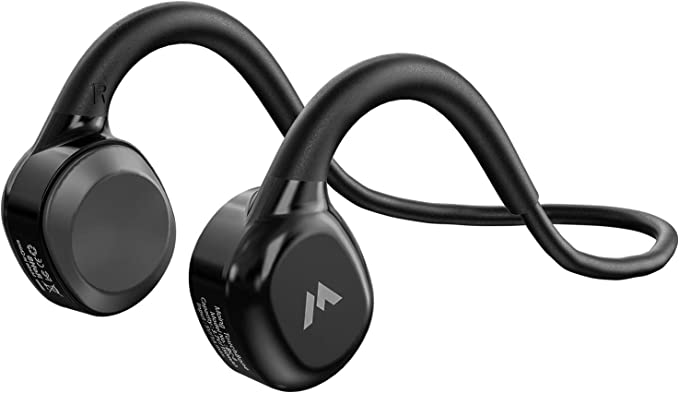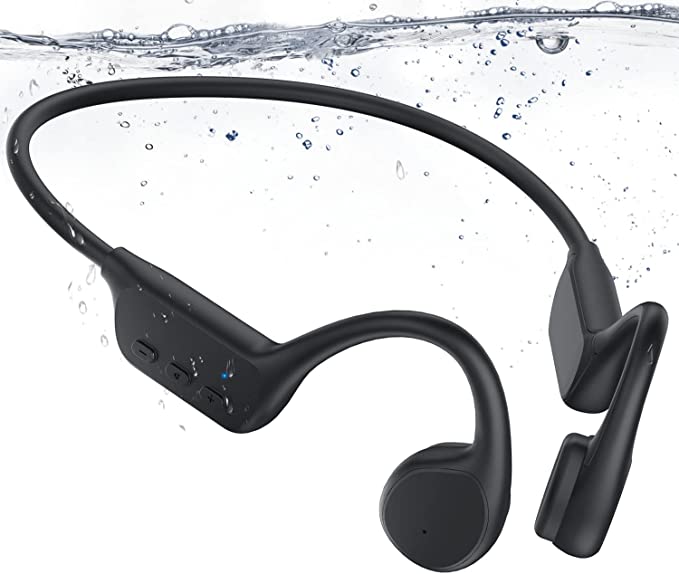The Ultimate Guide to Designing Your Active Home Office: An Ergonomics Framework
Update on Oct. 19, 2025, 1:06 p.m.
We have acknowledged the science: a sedentary work life takes a toll. The next logical step is to move from understanding the “why” to mastering the “how.” Transforming a static office into a dynamic, health-promoting environment is not about buying a single gadget; it’s an exercise in thoughtful design. It’s about becoming the architect of your own workspace. This guide provides a systematic, three-step framework to help you design an active home office that fits your space, budget, and work style. Our goal is to empower you with a method for making smart choices, ensuring your investment enhances not just your health, but your comfort and productivity as well.

Step 1: Assess Your Workspace & Work Style
Before exploring any equipment, the first step is a personal assessment. A perfect setup for a graphic designer is different from that of a call center agent. Consider the following points:
- Analyze your physical space. Measure the available floor area. Note the location of power outlets. Assess your flooring type—hardwood, carpet, or tile—as this can influence equipment choice and noise levels. A compact walking pad, for instance, like the TREAFLOW Walking Pad with its dimensions of roughly 47” x 19”, is designed for smaller spaces where a full-sized treadmill would be impossible.
- Define your budget. Active office equipment ranges from a simple standing mat to a sophisticated desk and treadmill combination. Establish a realistic budget upfront. This will guide your decisions in the following steps.
- Evaluate your work tasks. Create a rough percentage breakdown of your daily activities. How much time is spent typing, on video calls, in deep focus, or reading? Activities requiring fine motor control (like intense typing or design work) are often easier at slower walking speeds or while standing still. Cornell University research suggests that typing speed can decrease slightly while walking, so setting realistic expectations is key.
Step 2: Choose Your Foundation - The Rise of the Standing Desk
With a clear picture of your personal needs, you’re ready to lay the foundation of your active workspace. And in nearly every successful setup, that foundation is a height-adjustable standing desk. It is the central component that enables every other form of dynamic work. A fixed-height desk forces you into a single posture, but a standing desk provides the freedom to transition between sitting, standing, and walking.
When selecting a standing desk, consider these factors: * Adjustment Mechanism: Electric desks offer smooth, push-button adjustments, which are ideal for frequent transitions. Manual (crank) desks are more budget-friendly but less convenient. * Stability: A desk should be stable at its highest setting. Look for reviews that mention wobble, especially if you have multiple monitors. A sturdy frame is non-negotiable. * Size and Capacity: Ensure the desktop is large enough for all your equipment and has a weight capacity that can comfortably support it.
Step 3: Select Your “Activity Engine”
With your desk in place, it’s time to choose the tool that will power your movement. This isn’t an all-or-nothing choice; many people use a combination of these.
The Walker: Under-Desk Treadmills
This is the most potent tool for integrating NEAT (Non-Exercise Activity Thermogenesis). It allows for hours of low-intensity walking while working.
* Best for: Individuals committed to maximizing their daily movement and who have work tasks compatible with walking.
* Key Features to Look For:
* Compactness and Portability: Look for a slim profile and wheels for easy storage. A device weighing under 40 pounds, like the aforementioned TREAFLOW model, is manageable for most users to slide under a couch.
* Speed Range: A low starting speed (0.5 MPH) and a maximum of around 4 MPH is ideal for office use.
* Quiet Motor: This is critical for maintaining focus and not disturbing others. Check user reviews specifically for comments on noise.
* Remote Control: Essential for making adjustments without interrupting your workflow.
* Considerations: Even quiet models produce some noise. There’s an adaptation period for typing and mousing while walking.
The Stander: Anti-Fatigue Mats
A high-quality anti-fatigue mat is the essential companion for any standing desk, especially if you don’t use a treadmill. It encourages micro-movements and reduces stress on your feet, joints, and back. * Best for: Everyone who uses a standing desk. It’s the baseline for comfortable standing. * Key Features to Look For: At least 3/4-inch thick, high-density foam or gel construction with beveled edges to prevent tripping.
The Balancer: Balance Boards
These introduce a greater degree of instability, forcing your core and leg muscles to constantly engage to maintain balance. * Best for: Short, active standing sessions. Not ideal for tasks requiring deep focus or intense typing, but excellent for stimulating muscles during calls or reading. * Considerations: There is a learning curve, and they are not meant for all-day use.

Ergonomics in Motion: Fine-Tuning Your Setup
Once you’ve chosen your primary ‘activity engine’—be it a walking pad, a mat, or a board—the next critical step is to ensure the rest of your environment is ergonomically optimized for motion. After all, an active workstation that causes neck or wrist pain is a failed experiment.
Follow these OSHA-aligned guidelines: * Monitor Height: The top of your screen should be at or slightly below eye level. You should be able to look at the center of the screen by slightly lowering your gaze, without tilting your head. This rule applies whether sitting, standing, or walking. A monitor arm is highly recommended for easy adjustment. * Keyboard and Mouse Position: Your elbows should be at a roughly 90-degree angle, with your wrists straight and relaxed. A negative-tilt keyboard tray can be invaluable for maintaining a neutral wrist posture. * Safety Check: Ensure all cables are managed properly to avoid tripping hazards. When using a walking pad, be aware of your surroundings and start at a very slow speed until you are comfortable. Some users report that treadmills can sometimes cause the walking belt to drift; this often requires a simple tension adjustment as described in the user manual.
Putting It All Together: Sample Configurations
The Compact Apartment Starter Pack (Budget: Under $500) * Foundation: Manual crank standing desk or a fixed-height standing desk converter. * Engine: High-quality anti-fatigue mat. * Focus: Master the sit-stand transition habit before investing in more equipment.
The Productivity Powerhouse (Budget: $800 - $1500+) * Foundation: High-quality, dual-motor electric standing desk. * Engine: A combination of a slim under-desk treadmill (like the TREAFLOW example) for walking sessions and an anti-fatigue mat for static standing. * Ergonomics: Dual monitor arms and an ergonomic chair for sitting breaks. * Focus: Maximum flexibility to switch between sitting, standing, and walking to match the task at hand.
Conclusion: A Habit, Not Just a Setup
Building an active workstation is a powerful step towards better health. However, the most advanced equipment is only effective when used consistently. The goal is to build the habit of movement into your workday. Start slowly. Begin with 20-30 minute walking or standing sessions and gradually increase the duration. Listen to your body. The ultimate success of your active office is not measured by the technology it contains, but by the sustainable, healthy routines it helps you create.






















